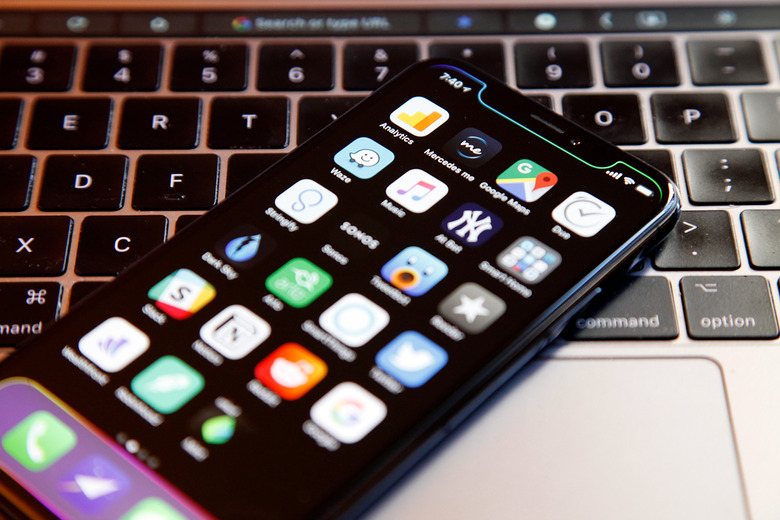Report Says Apple Is Dropping The Prices Of Its Upcoming New 2018 iPhone Models
The main reason the iPhone X isn't selling as well as some analysts had hoped it would is the price. You might not pay the full $1,000 when you buy the phone, but you still have to pay $1,000. Upgrade and trade-in deals will sweeten the pot a bit, but there are plenty of caveats that go with these deals.
This fall, Apple will launch three iPhone X successors that all sport the same iPhone X design complete with Face ID functionality. Several reports have claimed that the 2018 iPhones will be cheaper than expected, and now a top industry watcher has chimed in with more good news.
A new research note from Morgan Stanley analyst Katy Huberty (via MarketWatch), offers anticipated pricing for all three new iPhone models that will be released later this summer.
Apple's 5.8-inch OLED model, the direct successor of the original iPhone X, will start at $899, which is $100 cheaper than the 2017 price. That $999 price isn't going away, Huberty says, as the 6.5-inch OLED handset, the "iPhone X Plus," will start at $999. Prices will go above $1,000 for both models if you want more storage — $1,049 for the 5.8-inch model and $1,149 for the 6.5-inch iPhone, if Apple keeps its current pricing scheme.
The third iPhone Apple will release this year will be a 6.1-inch device featuring an LCD screen and a single-lens camera on the back. Huberty says the phone will start at anywhere between $699 and $769.
Huberty looked at pricing options for the next-gen iPhones to determine the average selling price (ASP) of the iPhone going into the 2019 fiscal year. The analyst expects the ASP to range between a 2% decline and 2% growth depending on how Apple prices the cheapest new iPhone.
Should Apple set even higher starting prices for the three iPhones, the ASP could grow by as much as 7.2% next year — that would mean $999 (5.8-inch OLED), $1,099 (6.5-inch OLED), and $799 (6.1-inch OLED).
